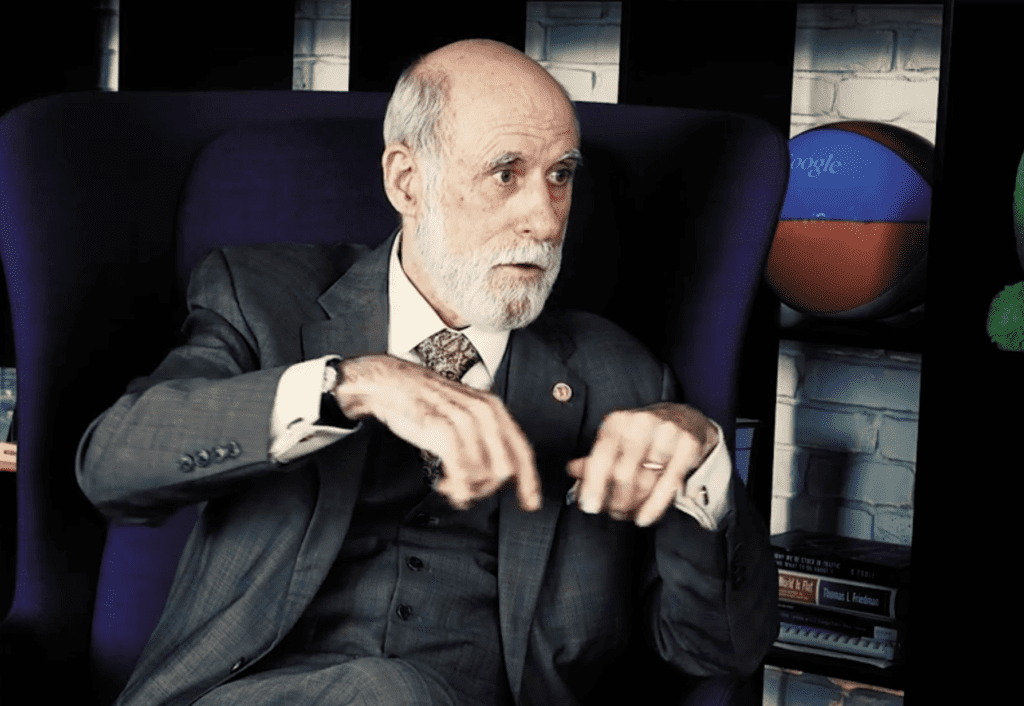Internet pioneer talks smart grid, IoT and artificial intelligence
Austin, Texas – Prior to this week’s 2016 Energy Thought Summit, Google Chief Internet Evangelist Vint Cerf previews key topics including smart grid technologies and artificial intelligence.
Cerf is set to participate in ETS16 via a Google Hangouts-based Q&A beginning at 12:30 p.m. CST tomorrow.
Standardization is key to the future of energy, Cerf explained.
“We don’t have a coherent set of standards yet, so that still needs to be done. But the most important challenge for the energy industry is a lot of energy is going to be generated by the consumers with solar power and wind power so we have this really complicated system coming, which not only has centralized power generation but also distributed power generation,” Cerf said. “Making that system stable is going to be a big technical challenge.”
“The clear biggest challenge is getting rid of our use of fossil fuels,” Cert said. “On the other hand, I think reintroducing nuclear energy may be another big challenge.”
Cerf stated a move from atomic generation to fusion power “can bypass the whole radioactive environment and do something which is much more powerful and much less costly.”
And how does artificial intelligence factor into the energy equation?
“It can be used to help us manage our resources much better,” Cerf said. “Artificial intelligence can be responsive to our desires … but I think artificial intelligence has a much bigger role to play in the long run not so much in energy generation but maybe in the management of energy production and distribution.”
Cerf is regarded as one of the fathers of the Internet as the co-designer of the TCP/IP protocols and architecture of the Internet. He currently serves as VP and chief Internet evangelist at Google; before that he served in executive positions with MCI, the Corporation for National Research Initiatives and the Defense Advanced Research Projects Agency and on the faculty of Stanford University.
